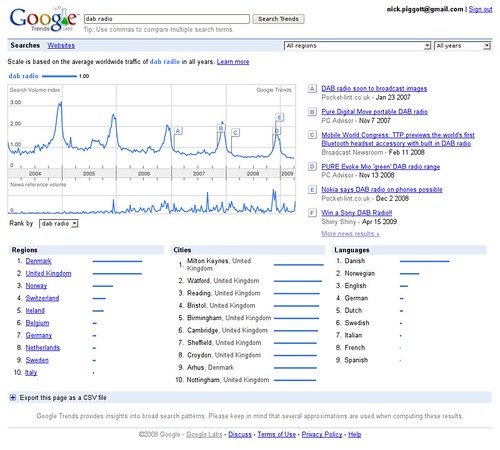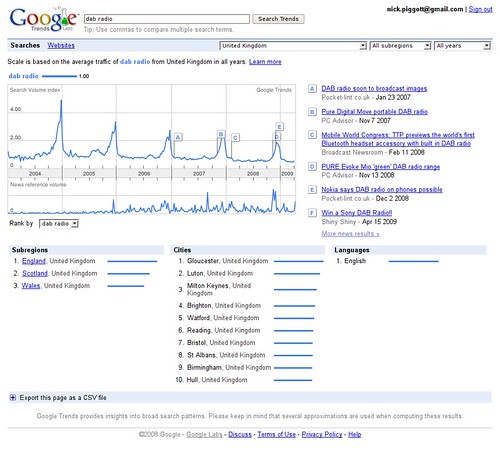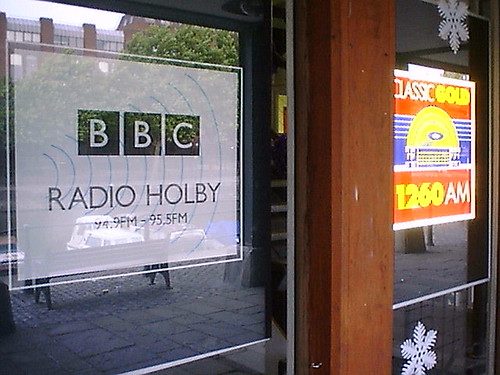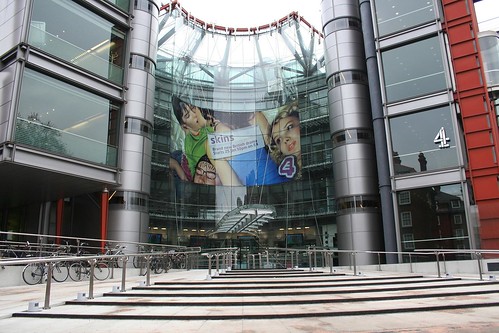
My joining GWR Group coincided with an explosion in the use of music research to decide what songs got played, and how often. The data drove a new format – the “Better Music Mix” that rolled across Southern England in the mid and late 90’s. Hundreds of listeners were surveyed every week to track their changing interests on a track-by-track basis.
Despite that intensive process, there was one thing research couldn’t do. It couldn’t tell you if a new song was going to be a hit with the audience or not. Only after people were familiar with a song could they give you an opinion – virtually all new songs scored badly, simply because they were unfamiliar. The only way to see if a song was popular or not was to take an informed decision, use a bit of “gut feel” and start playing it – albeit gently at first. After about 6 weeks of exposure (assuming a few other stations were also playing it), and you’d start to see the opinions form and polarise, and you could decide to bin it or stick with it.
That experience from the analogue world is equally applicable digitally.
A lot of Digital Radio’s attributes are simply extensions of analogue radio; more stations, improved sound quality, better reception, easier to tune. They all address familiar radio functionality that listeners have found wanting in analogue. It’s not surprising, then, that these are the messages that have most impact with listeners when they’re thinking about reasons to go digital. And in turn, these become the headline messages of a marketing campaign for digital radio.
It’s interesting to compare the motivators people have for purchasing a digital radio with the attributes they say they most value having bought one. Pre-purchase, the concept of text information scores virtually nowhere – nobody buys a Digital Radio to get text information, and it seems to be an utterly valueless attribute. However, post-purchase, it soars to be one of the top five things that people love about their Digital Radios. Before they experience it, they can’t understand it, and so can’t value it. It only takes a short experience to get the benefit, and, even more interestingly, for it to become a differentiating factor between radio stations. Shortly after the launch of Core, research showed that listeners loved the real-time text information on the display, and absolutely slated Radio 1 for not doing the same. (Annoyingly, the BBC fixed that far faster than we expected them to).
We were lucky that text was a de-facto inclusion on almost all digital radio devices, even if the implementation is pretty ropey, on poor displays. (If anyone can show me a DAB Digital Radio that implements the “Clear Message” command in DLS, I’ll be amazed).
The problem is that we need to go further in using Digital Radio to create new functionality and better differentiation between analogue and digital, and between digital and on-line streaming services. And a further problem is that our audience won’t understand what the heck we’re on about until we show them.
I did a demo to the GWR Board in ’98/’99 (along with Dirk Anthony) of our concept for a classic rock radio station called C-Rock (yes, ha ha). The demo consisted of an audio CD, brilliantly imaged by Scott Muller, and a series of HTML 3.0 webpages, which advanced using HTTP META REFRESH tags (this was the 90’s – AJAX was still a bathroom cleaner). It demo’ed our vision of what Digital Radio should be like – a fusion of audio and images. Of course the audio bit of that demo became Planet Rock, and very successful it is too.
But the visual bit of that got stuck for a decade. Listeners couldn’t understand it, so manufacturers wouldn’t build colour screen radios, so multiplex operators wouldn’t allocate capacity for it, and sales teams wouldn’t even consider selling it. Log jam.
Then the Apple iPhone changed that completely.
Quite unexpectedly, the iPhone has provided the catalyst to get visual radio taken seriously. It could (should) have been Nokia Visual Radio, 5 years earlier, but NVR was so horribly badly implemented, it never got any traction. (There’s a moral in there for Nokia, I’m sure). But it’s been the iPhone, and its colour screen that have provided a trial environment for visualised radio, and the feedback from listeners is overwhelmingly positive.
The Global Radio iPhone Apps aren’t the only radio apps that support visuals (although clearly, they’re the best). There’s Absolute Radio’s iAmp, TuneKast and the now last.fm has announced that they’re visualising their player as well. Collectively they’re providing data on listener appreciation (high) and the volumes of visuals delivered, which in turn sizes the commercial opportunity.
I find it ironic that Apple, having kept radio out of the iPhone, has inadvertently provided our best research source yet into a truly innovative change to radio, and one that our listeners could not possibly have understood or valued without experiencing it. Now the initiative lies with the radio industry to implement it and promote it before that innovation gets stolen by the on-line streamers.







